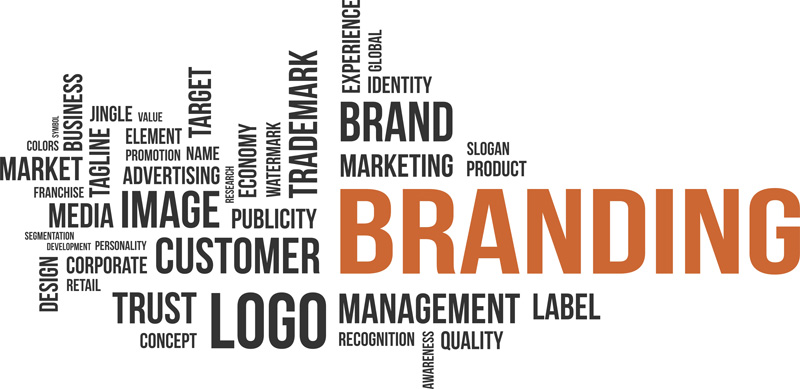
If you want your company to stand out among competitors, capture your customers’ attention, and grow your business, you must first understand and develop your brand. Brand identity is all about building and retaining the faith of your customers.
What is a brand identity?
Simply put, brand identity is the tangible representation of a company’s intangibles: its culture, its value proposition, its personality and character, its attitude and aesthetics. Many people confuse brand identity with a logo or marketing materials, but it’s much more than that. The visuals that make up a company’s brand identity need to be reinforced by a clear and concise value proposition, a promise to the consumer that their products or services will always be superior and consistent.
The basics of a brand identity do include the essential marketing materials: logo, color scheme, tagline, stationary, print materials, signage, product packaging, and of course the website. These items are the baseline; they are the tools of the trade. However, a formidable brand identity goes beyond marketing collateral.
Building a strong brand
Building a brand requires consistency and repetition, core value and quality. All of your branding must be unified and underline a single marketing message. You need to disrupt your industry with innovation; be a thought leader in what your company does best. You need to lead, and assure your disciples that your company’s business model can be trusted and relied upon.
If enough trust and communication is built between the corporation and the consumer, the consumer will even identify themselves by the brand itself. “I’m a Mac” is more than a clever slogan. It was an ad campaign centered on the trust that was already built around the Apple brand. Think about that the next time you see an Apple logo on the back of a passing car.
More than ever, brands have a myriad of media platforms to reach consumers. Leveraging blogs, social media, forums, and popular publishing websites, brands can develop their voice with advocates and manage their relationship with dissenters. Through free, paid and earned media, companies can engage and entertain to create an emotionally powerful, highly valued brand.
Asking the tough questions
If you are endeavoring to build up your company’s brand identity and you’re not sure where to start, here are a few questions you ask yourself:
Now, make some notes to help you define or redefine your company’s brand identity. Articulate your company’s vision, mission, value proposition, position in the market, personality, and emotional value. This last one – emotional value – relates to your company’s personality, but it may speak to how your business is perceived rather than how you want it to be perceived. As an example, Volvo is perceived as “safe.” That’s its emotional value. “Safe” is a wonderful thing if you’re trying to sell to an older or more responsible demographic; “safe” could be an unfortunate association if you were trying to sell to a younger crowd.
A successful brand identity is the cornerstone of your business. It transforms customers into brand advocates, encouraging sales and – even more important – brand loyalty.
Posted By
James Stevens
Categories
News